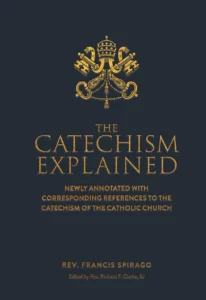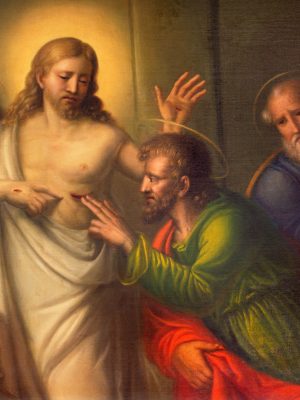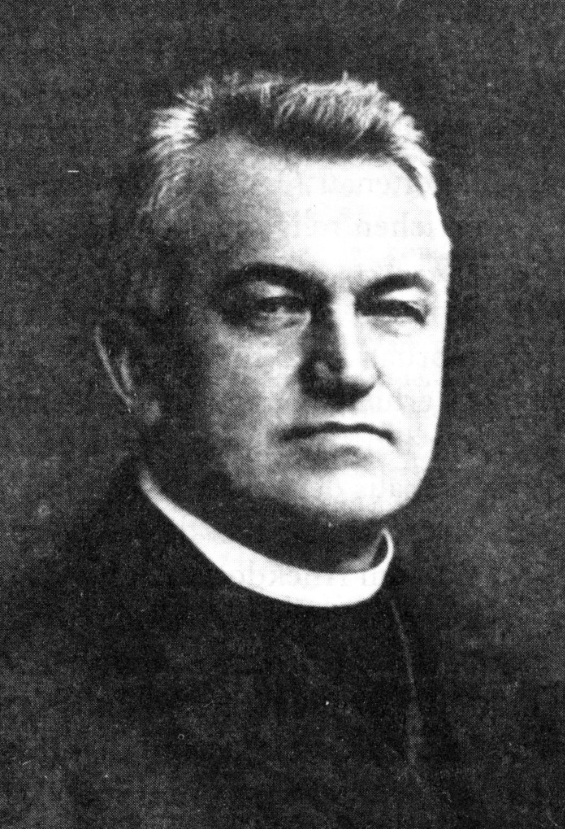The risen Lord bore in His body the five wounds, and it had the properties of agility, subtility, clarity and impassibility.
Christ retained the five wounds, for He ordered the unbelieving apostle to place his finger in the wounds of the nails, and his hand in the wound of the side (John 20:27). Our Lord would keep the marks of the wounds in heaven to show us that He would not forget us, bearing in His hands, as St. Bernard says, the writ of our redemption written in His own blood; and St. Ambrose adds, that Our Lord bore these wounds to be a perpetual reminder to His heavenly Father of the price of our redemption, to renew the sacrifice of the cross forever in heaven (Heb. 8:1–6).
The risen Lord remained forty days on earth and appeared frequently during this time to His disciples.
St. Ambrose tells us that Christ appeared first to His holy Mother. St. Peter was the first of the apostles to see the risen Lord (Luke 24:34). Early in the morning of Easter Sunday Christ appeared to Mary Magdalen by the sepulcher (Mark 16:9; John 20:15), and then to the holy women as they were leaving the grave (Matt. 28:9); in the evening He appeared to the two disciples who were going to Emmaus (Luke 24), and immediately after to the assembled disciples in the cenacle. He ate fish and honey in their presence, and afterwards gave them the power of forgiving sins (John 20).
On the following Sunday He appeared again in the same house and reproved Thomas for his want of faith (John 20). He again appeared to seven of the disciples on the lake of Genesareth and gave St. Peter authority over the apostles and the faithful, telling him at the same time what death he should die (John 21).
A more solemn occasion was the appearance to five hundred disciples on a mountain in Galilee, when He gave them the command to go forth into the world, teaching and baptizing (Matt. 28:16). He spent there forty days in speaking to the disciples of the kingdom of God (Acts 1:3).
The last appearance was on the occasion of His ascent into heaven. He appeared not in the night, but in the full light of day, not once only but repeatedly, not in some one place but in many places; nor were they instantaneous apparitions, but He remained some time, and spoke with His apostles.
The resurrection was a point on which the apostles testified in person. They gave no credit to the women who came from the grave with their account of the angel (Luke 24:11). They doubted the evidence of their own senses when Christ Himself appeared to them; then it was that He showed them His wounds, and allowed them to touch Him, and ate in their presence (Luke 24:42). Thomas refused to believe the ten apostles (John 20:25), and this unbelief of St. Thomas is a greater help to our faith, to use the words of St. Gregory the Great, than the belief of all the rest.
There was nothing of which the apostles had a stronger conviction than of the reality of the resurrection, and this they preached on the feast of Pentecost, before the Council, in the Temple, etc.
This article is taken from a chapter in The Catechism Explained by Rev. Francis Spirago, which is available from TAN Books.



